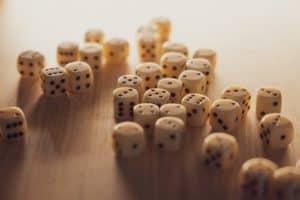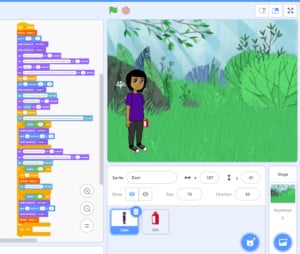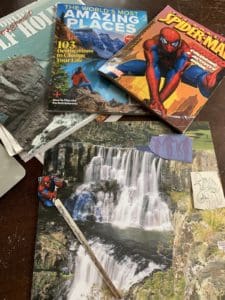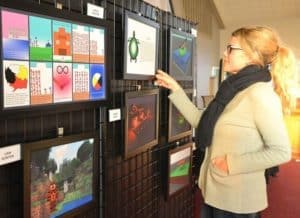Overview
When writing a story you must take all key elements into account in order to produce a story that will flow for the reader. Stories can be broken down into five key elements; the characters, the setting, the plot, the conflict and the resolution. Finding a prompt for what to write a story about can be very difficult. To help, the following link provides an activity to come up with some story ideas!
The Characters
A character needs a visual description and some personality traits. The visual description will consist of what your character looks like, for example it could be a green dragon or a brown dog. Going into as much detail as possible really makes the character come to life. The reader will want to be able to picture this character in their head and the description will fuel their imagination. The personality traits are going to be describing what type of person you are creating, whether they are brave or ridiculously funny is up to you!
The Setting
The setting is where and when your story takes place. The setting can change throughout the story. Setting will need to be described in great detail using adjectives, this helps the reader to better visualize where the story is taking place!
The Plot
The plot is the events that take place in the story. The plot unfolds through the introduction, rising action, climax, falling action and resolution.The story must follow the plot line and always connect back to it.
The Conflict
The conflict is the challenge that will happen in your story to drive your main character. Your conflict may be between two characters or a challenge the main character (s) must overcome.
The Resolution
The resolution is how the characters solve their conflict. This is also where you can highlight your characters key traits or skills that help them solve their problem. Each character has unique skills, be sure to showcase how every character uses their uniqueness to solve the problem.
Background Information
Creating and telling stories whether they are your own or a vision you have can be beneficial to everyone. I recently read a book that talked about the reason we all love to watch movies, tv, and read books. It says that we are looking to experience a situation that we may never encounter so if it ever arises we are able to empathize with someone who is going through it. This drive for wanting to understand others is one of the many things that makes it so beautiful to be human.
Pinnguaq wants to hear the stories you have so that we can have a better understanding of who you are. Whether you are in the makerspace or taking part in our online classes, it allows us to become better teachers and friends. The stories do not have to be directly about you, it can be about anything you choose. We just want to hear what you enjoy writing about. Once your story is written and submitted to the makerspace team, we will read and share your stories (with permission from you) online during our live sessions. We want everyone to know that their story is heard (whether or not you want your story to be shared), just know that we will read them all, we are excited to be a part of the stories you create.
Below is a template for storytelling, filling it in before writing your final copy will help you organize your thoughts making the story flow much better.
Materials
- Paper
- Pencil
Storytelling Template
Download and fill out the template!
Useful Resources
How to Write a Story for kids
How to Teach Kids to Write a Story: Creative Writing for Kids based on the Animated Film ‘Oktapodi’
A Step Further
If you feel that after writing this story you want to take it “a step further” then I will leave this link below which will provide an opportunity to our advanced storytelling activity: creating a video game narrative, designed by Courtney!




